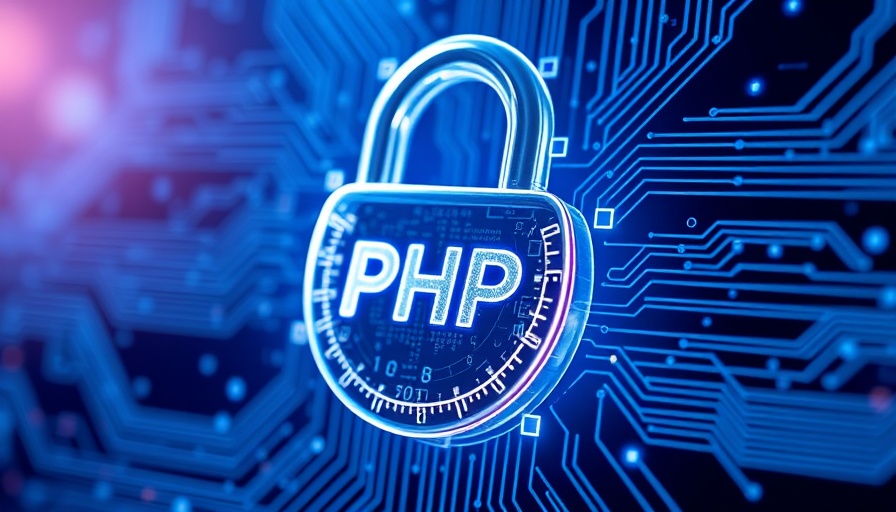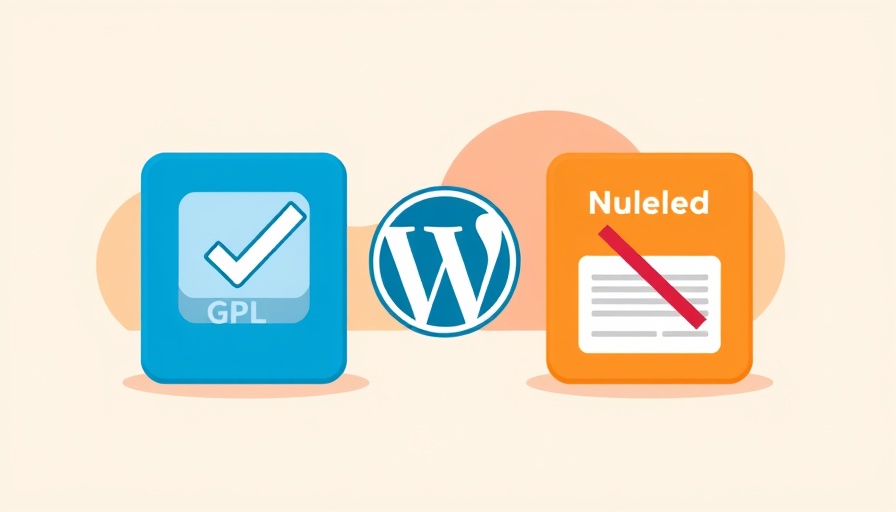
PHP Security: Why It's Essential for Your Web Applications
As businesses increasingly rely on online platforms for operations, the security of web applications becomes paramount. PHP remains one of the most popular server-side programming languages, powering over 75% of all websites, including major content management systems like WordPress and Joomla. Given its widespread use, PHP is a prime target for cybercriminals, making understanding its security best practices critical for developers, business owners, and marketers alike.
Common PHP Vulnerabilities You Need to Know
Security breaches can occur in various forms, including:
- SQL Injection: This method allows malicious users to manipulate queries and extract sensitive data from your database.
- Cross-Site Scripting (XSS): Attackers can inject scripts into the web pages viewed by users, potentially gaining access to private information.
- Cross-Site Request Forgery (CSRF): This attack forces authenticated users to unknowingly perform actions they didn't intend to, such as data manipulation.
- Session Hijacking: Hackers can capture active session identifiers, allowing them to impersonate legitimate users.
Implementing Best Practices to Secure Your Applications
Effective PHP security relies on adopting best practices that mitigate the risks associated with these vulnerabilities. Here are some strategies:
1. Regularly Update Your PHP Version
Using the latest stable PHP version is crucial. Each update often includes patches for security vulnerabilities, shielding your applications from exploitation roads. Failure to stay updated exposes your applications to known threats.
2. Use Secure Protocols
Implement HTTPS across all web pages by acquiring an SSL certificate. HTTPS encrypts data transmission, significantly reducing risks associated with data interception. This is particularly vital for applications that handle sensitive user data.
3. Manage Error Reporting Effectively
Disabling error display in production helps prevent attackers from gathering valuable information about your PHP environment. Instead, configure your php.ini to log errors without disclosing them to users.
4. Validate User Input
Never trust user inputs. Always conduct thorough validation and sanitization of inputs to block malicious data from penetrating your application. Utilizing prepared SQL statements is one way to ensure safe database interactions.
5. Employ Session Security Measures
Protect user sessions effectively by enforcing cookie security policies. Set flags such as HttpOnly and Secure for session cookies to prevent attacks like XSS and ensure cookies are only transmitted over secure connections.
Why a Proactive Approach Matters
For digital marketers and business owners, understanding PHP security practices is not merely a technical detail but a crucial component of safeguarding your brand and customer trust. A single security breach can lead to losses not just in finances but also in reputation. Thus, investing in security measures can have long-term benefits in protecting user data and maintaining trust.
Future Trends in PHP Security
As we look ahead, the landscape of PHP security is evolving with the rise of adaptations for emerging technologies. One key trend is the integration of artificial intelligence in monitoring for anomalies and detecting vulnerabilities before they can be exploited. Moreover, the implementation of frameworks that simplify security checks can help developers focus more on functionality without compromising security.
Conclusion: Secure Your PHP Applications Today
In an age where cyber threats are ever-present, mastering PHP security is crucial for anyone engaging in web development, marketing, or business operations. Ensure you've implemented these best practices and stay updated on the latest security trends to safeguard your applications effectively.
For more insights into digital security and digital marketing strategies, explore our resources on best practices and evolving trends in online applications.
 Add Row
Add Row  Add
Add 




Write A Comment